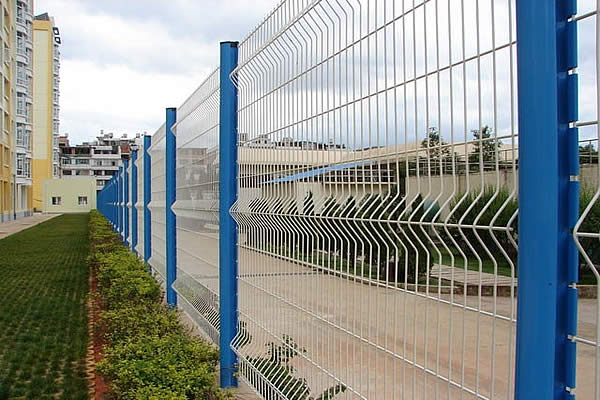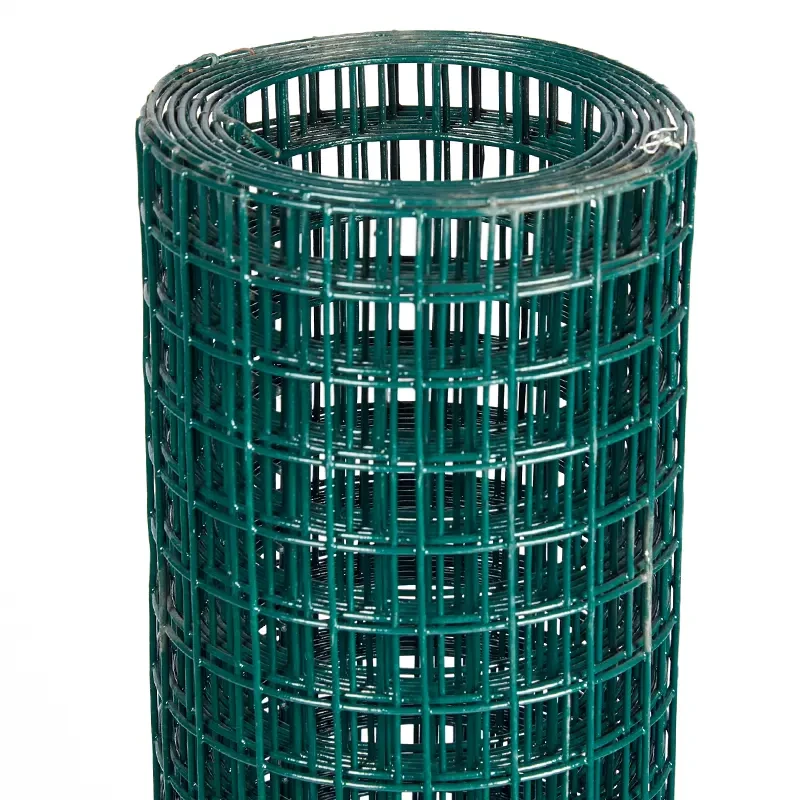Building a chain link fence involves a combination of meticulous planning, expert execution, and strategic product selection to ensure durability and effectiveness. As a seasoned professional in the realm of outdoor structures, I present an authoritative guide delving into the core aspects of constructing a high-performance chain link fence.

Chain link fences have earned a well-deserved reputation for their durability, versatility, and budget-friendly nature. These fences provide a robust solution for both residential and commercial properties aiming to secure their perimeters without compromising visibility. However, to leverage these advantages, one must adhere to proven methods and select quality materials.
The initial phase in constructing a reliable chain link fence is site assessment. This involves surveying the property line accurately, identifying potential obstructions such as trees or underground utilities, and understanding the topography that might affect the fence's installation. Knowledge of local zoning laws and property boundaries ensures legal compliance, thus enhancing the trustworthiness of the installation.

Upon finalizing the layout, the next step is selecting quality materials. Opt for galvanized steel for its rust-resistant properties, ensuring long-term resilience against the elements. Chain link fabric thickness, commonly expressed in gauge, directly correlates to the fence’s strength. A lower gauge number means a thicker, more robust wire. For most residential applications, a 9-gauge wire suffices, but for added security in commercial settings, a 6-gauge wire is advisable.
The installation process demands a methodical approach, where expertise in foundational stability is crucial. Post holes should be three times the diameter of the post and one-third of the post height for maximum stability. Use a concrete footing for posts, allowing them to set and dry properly to prevent future shifting, particularly in areas with soft soil. This method ensures the fence remains structurally sound, projecting a sense of expertise and reinforcing the trustworthiness of the construct.
building a chain link fence
Stretching the chain link fabric is another pivotal step, where precision is imperative. The fabric should maintain uniform tension to avoid sagging, which could compromise the fence's integrity over time. Employ tension bars and bands to secure the fabric to end and corner posts initially; subsequently, clip it to the line posts. Mastery of these steps showcases professionalism and denotes authoritative experience in construction practices.
To enhance the aesthetic and functional value of the chain link fence, consider additional features such as privacy slats or wind screens. These additions can transform a standard chain link fence into a more visually appealing and private barrier, catering to personalized needs without sacrificing security. This customization reflects not only expertise but also a personalized understanding of consumer preferences, fostering trust through tailored solutions.
Routine maintenance ensures longevity and optimum performance. Regular inspections to identify and rectify any emerging issues such as rust or loose fittings demonstrate a commitment to quality and reliability. Furthermore, applying protective coatings periodically can extend the life of the structure, reflecting a sustainable practice that aligns with modern consumer values.
In conclusion, building a chain link fence is as much about strategic execution as it is about using superior materials and adhering to established best practices. By integrating expertise with trustworthy practices, this guide aims to help both DIY enthusiasts and seasoned installers achieve a secure, durable, and visually appealing chain link fence. This synthesis of experience, authority, and trustworthiness forms the quintessential framework for optimal chain link fence construction, setting a gold standard within the industry.
 TEL:
+86-13102802206
TEL:
+86-13102802206
 Email:
fencenetting@china.com
Email:
fencenetting@china.com
 Language
Language
 TEL:
+86-13102802206
TEL:
+86-13102802206
 Email:
fencenetting@china.com
Email:
fencenetting@china.com
 Language
Language



